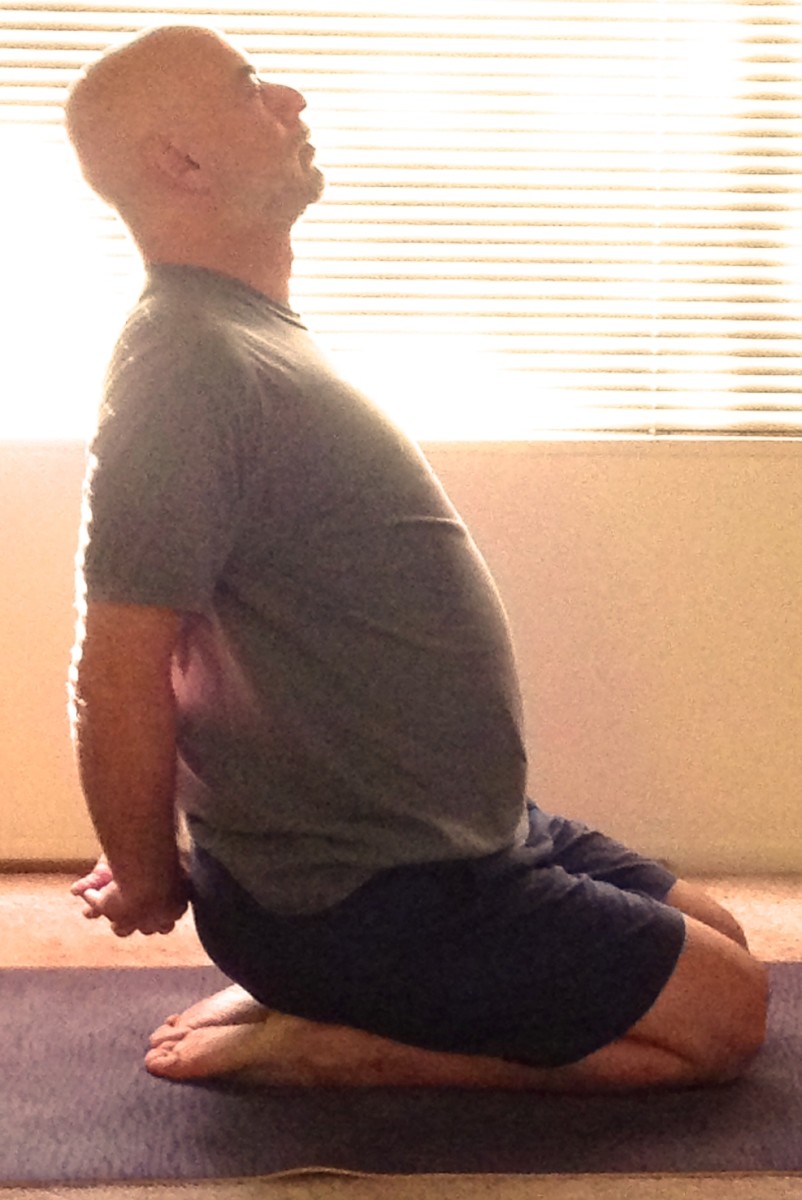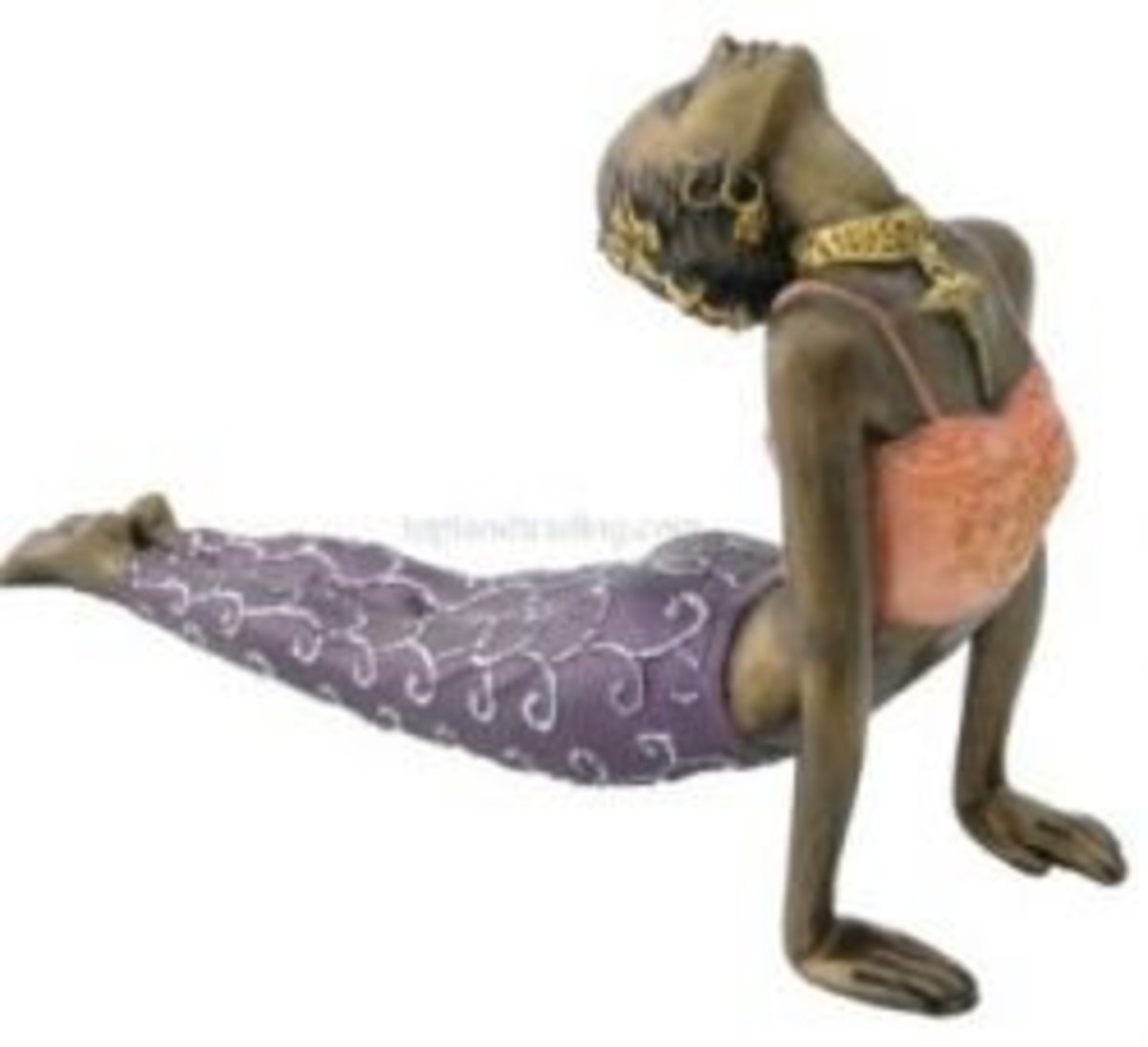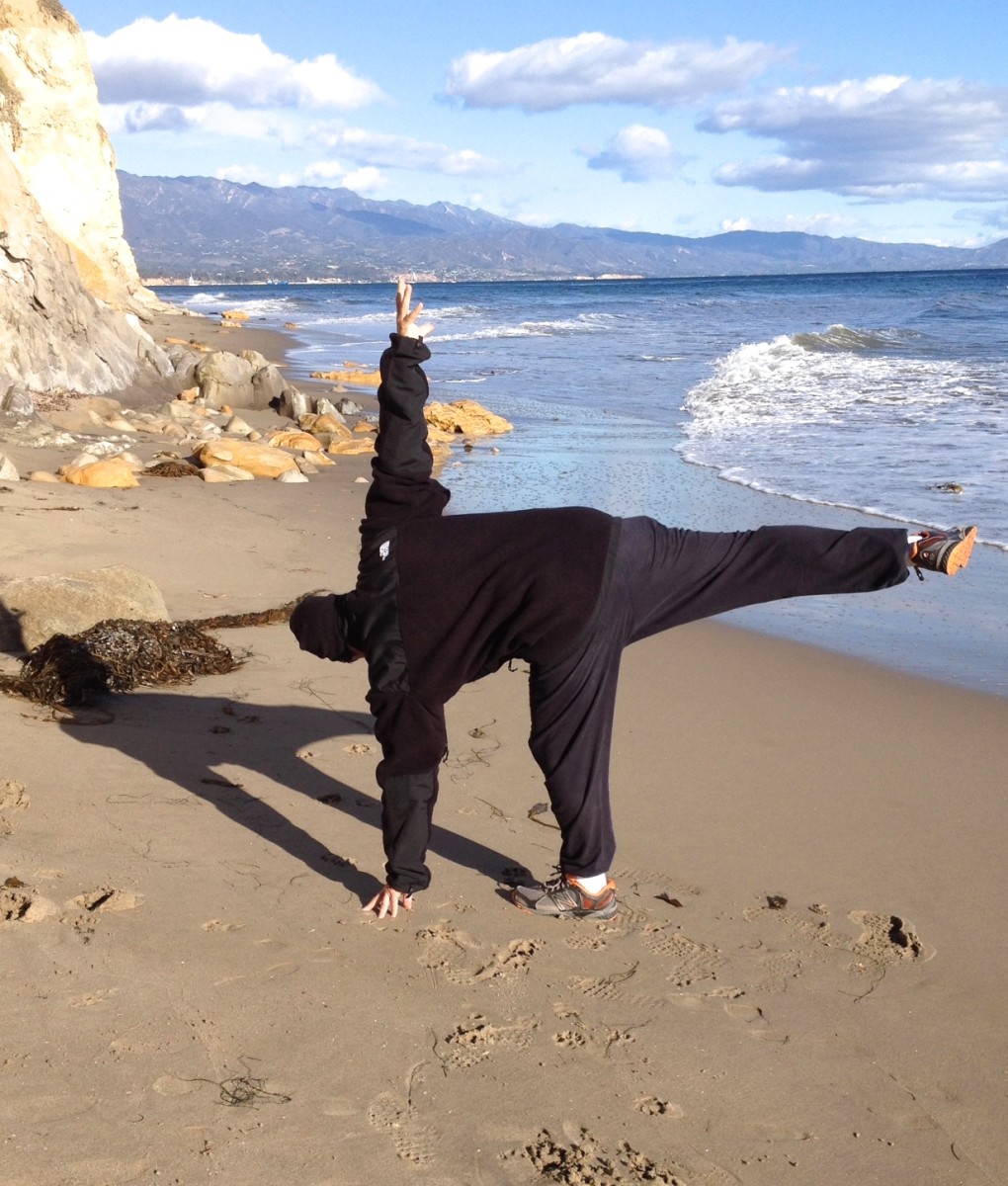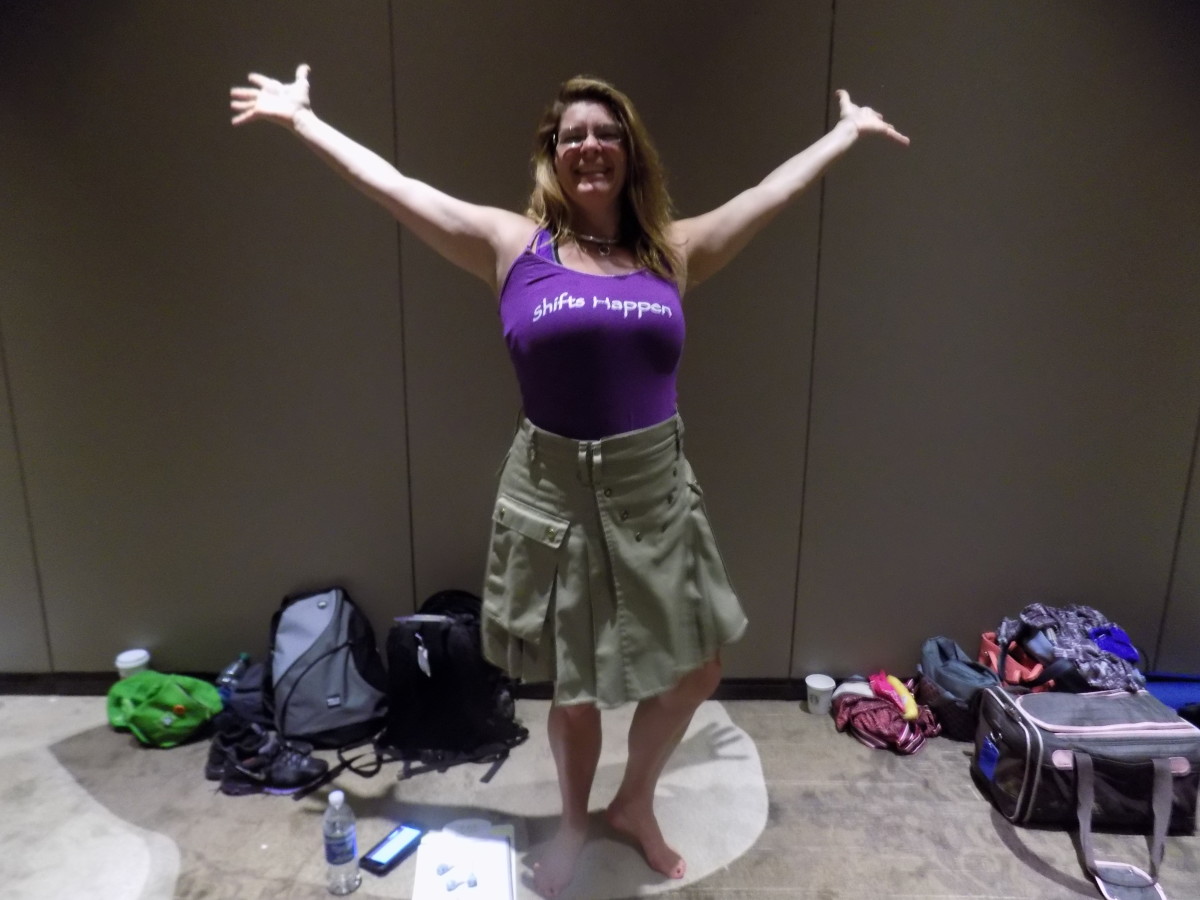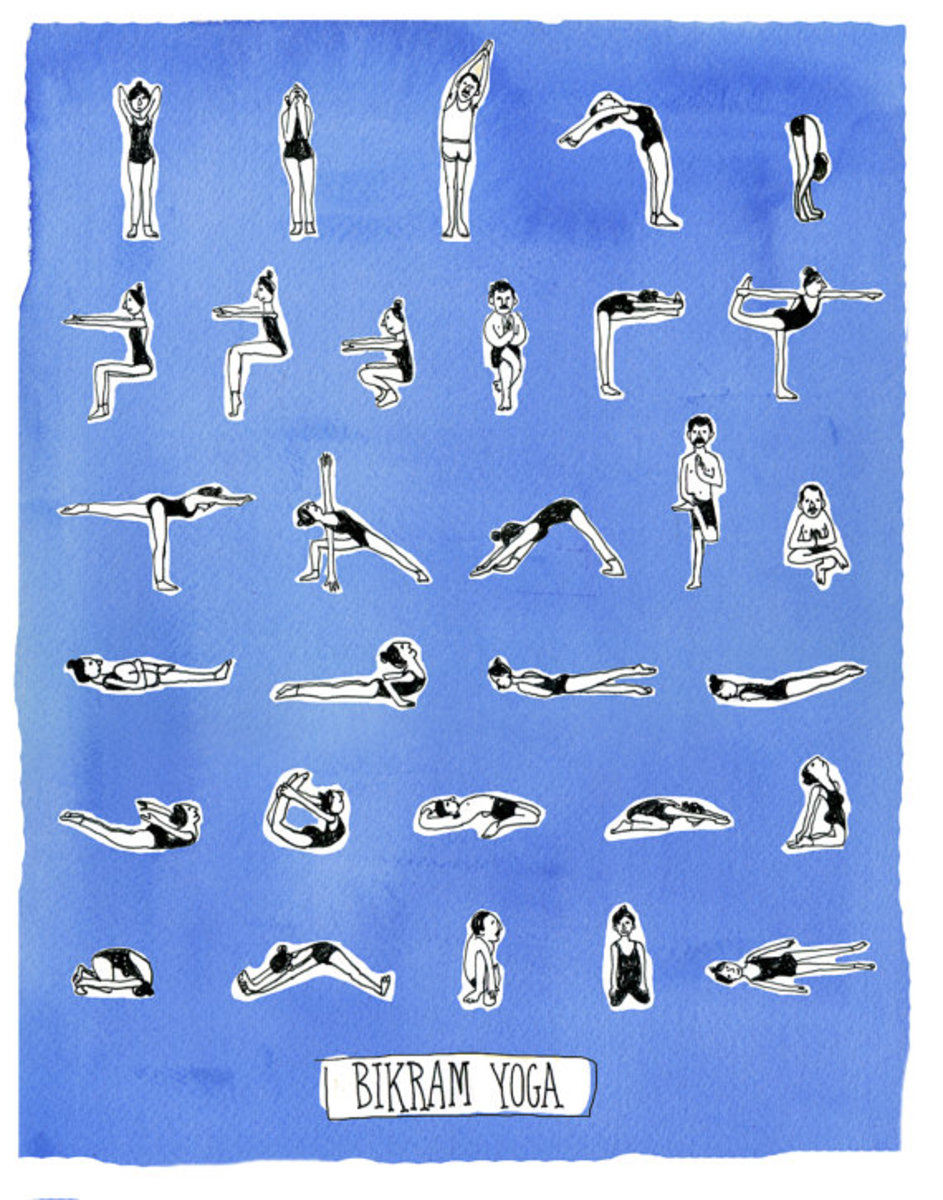Yoga Poses for Hips
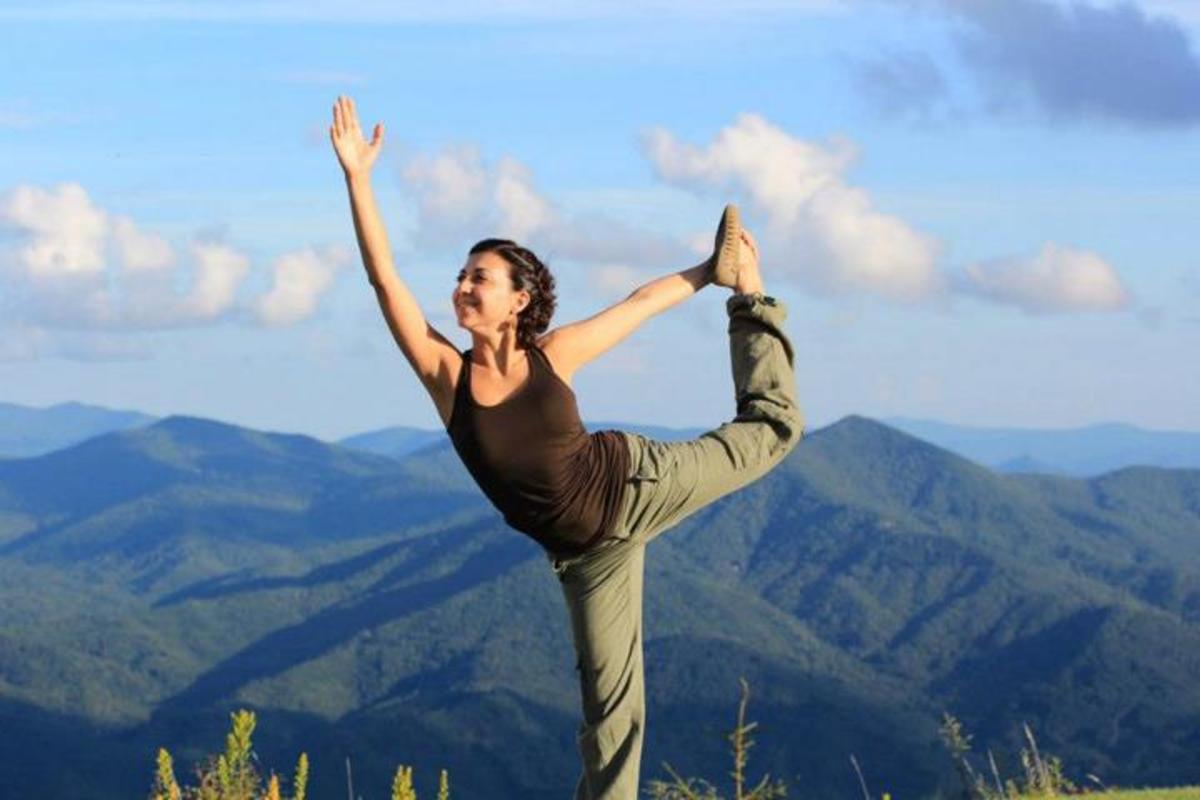
What is the Hip Joint?
The dictionary meaning of the word 'hip' is 'a projection of the pelvis and upper thigh bone on each side of the body in human beings and quadrupeds.' The word 'hips' means 'the circumference of the body at the buttocks'. The word 'hip' refers to either an anatomical region or a joint. This part of the human body, the hips and buttocks is where one of the largest and strongest muscles in the body, the gluteal maximus. The purpose of the gluteal maximus is to extend and to laterally rotate the hip, and also the trunk.
The muscles of the hip joint are considered to be 17 in number, sometimes more. These muscles are those that cause the movement in the hip. The hip region is located lateral to the buttocks, inferior to the iliac crest, and overlying the thigh bone.
The primary function of the hip joints is to support the weight of the body in both static and dynamic postures. They are the most important part in retaining balance. The hip muscles act on either the vertebral joints on the spine or the knee joint. Different parts of individual muscles participate in very different movements. Hence the overall strength and movement of the human body depends on maintaining muscle tone of the hips and buttocks.
Bound Angle Pose - Baddha Konasana
Preparation for Yoga Poses for the Hip Region
Having considered the importance of maintaining the strength and muscle tone of the hip region let us find out how to incorporate yoga poses for hips into our yoga asana practice. It is important to remember that spot exercises are not useful unless you plan a proper schedule for overall strengthening and muscle tone.
- Do yoga poses at least 2.5 hours after a main meal
- Drink water 0.5 hours before the yoga session
- Warm Up: Always start with a warm up session. A yoga asana warm up session is not about increasing the heat of the body but doing some stretches to loosen the muscles so that the yoga poses can be performed well.
- Use a mat on which to do the yoga poses.
- As a general rule, inhale when your body expands (lifts up) and exhale when your body contracts (moves down, bends or twists).
- Relax into each pose. Come out of the pose and rest for a minute.
- Don't stretch or bend to the point of pain. If your muscles shake it means you are overworking them. Do less.
- Rest between poses in Corpse Pose or Shavasana.
- Be gentle with yourself.
I found an excellent online resource for yoga poses. Instead of reinventing the wheel I will be mentioning the yoga poses and adding the links to the articles on how to do them. There are many schools of yoga and it is a good idea to do your research and find that is most suitable to you. The following are only my suggestions.
Sphinx Pose
- Corpse Pose, Savasana
The corpse pose or shavasana, a yogic relaxation technique can be done between poses to rest and bring the heart rate to normal.
Happy Baby Pose - Hip Opening
Dancer's Pose (Natarajasana)
Easy Yoga Poses for Hips
Following are suggestions for yoga poses or asanas to strengthen the hip muscles that are suitable for beginners:
Bound Angle Pose – Baddha Konasana
Bound Angle, a seated yoga pose, provides an excellent stretch to the groin muscles, increases suppleness in the tendons and muscles of the knees and hips, and improves posture. At first it might be difficult to lower the knees toward the floor but continued practice will make it possible.
Easy Pose – Sukhasana
This basic cross-legged seated posture is often used during meditation or breathing exercises. Be sure to alternate the cross of the legs on different days. This pose strengthens the back and stretches the knees and ankles.
Sphinx Pose
This is is a prone yoga pose is easy yet has many benefits. It strengthens the spine, firms the buttocks and stretches the chest, lungs, shoulders and abdomen.
Downward Dog Pose – Adho Mukhasana
This energizing pose aligns the spinal column, releases tension in the shoulders, and strengthens the arms and legs. It stretches and lengthens the hamstring muscles and Achilles tendons as well as increasing flexibility in the ankles. It also improves the complexion.
Locust Pose - (Full and Half) - Salabhasana
These two prone yoga poses for beginners and advanced students strengthen the lower back, buttocks, and backs of the thighs. They help relieve lower back and posture problems, stretch the hip flexors, energize the nervous system, increase circulation and improve concentration.
Happy Baby Pose – Ananda Balasana
In this supine yoga pose gently brings a greater awareness to the hip joints. It gently stretches the inner groins and the back spine.
Dancer's Pose – Natarajasana
This graceful standing yoga pose strengthens and tones the leg muscles and tightens the muscles of the upper arms, hips and buttocks.
For the above and other more advanced poses for the hips and creating your own sequence check out the Yoga Journal website. All the poses have multiple benefits because the various parts of the body are interconnected. Hence some asanas or poses meant to benefit other parts of the body might help the hip joint and buttock muscles as well. Create your own schedule according to what you would like to achieve.
Resources for Further Practice
- How to Improve Flexibility of Tight Hamstrings with ...
Did you know that tight hamstrings can cause many injuries, poor posture, inhibit movement, and back pain? Learn how to loosen your hamstrings with yoga and improve performance in sports and daily life. - Beginning Yoga Poses
Regular practice of yoga poses builds up the body's inner strength and natural resistance, improves muscle tone and removes toxins. Find out some of the beginners yoga poses. - Camel Yoga Pose, Ustrasana
The Camel Pose or Ustrasana is an intermediate level kneeling backbend yoga pose. It stretches and strengthens the spine, thighs, abdomen and back muscles. It is an energizing and improves posture. - How to Comfortably Sit Cross Legged in Yoga
Many of us take sitting cross legged on the floor for granted. However, are we in perfect balance and alignment when we sit on the floor. Find out how to sit correctly and for long periods to practice yoga, pranayama or meditation.
This content is accurate and true to the best of the author’s knowledge and is not meant to substitute for formal and individualized advice from a qualified professional.



